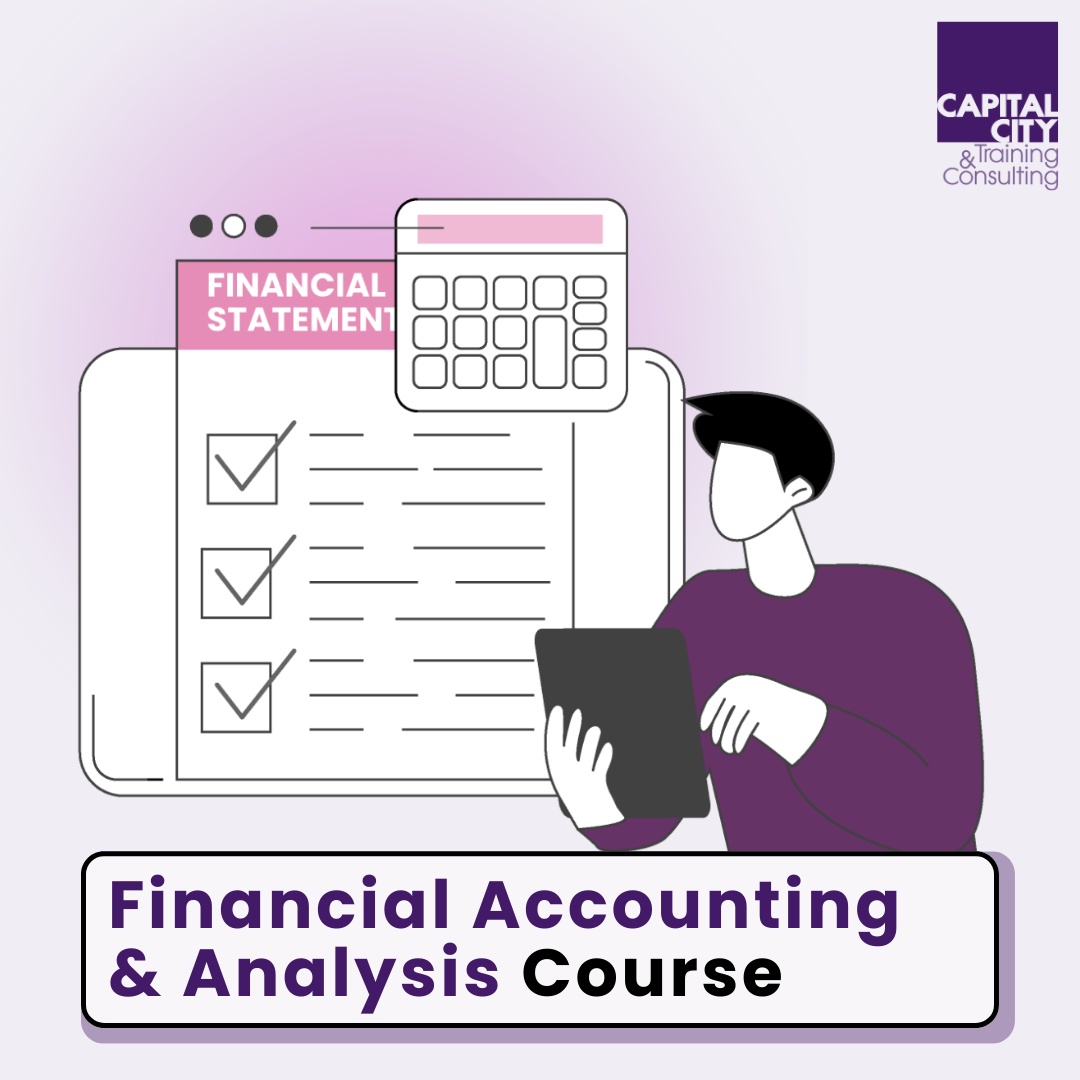Liabilities: Definition, Examples and Analysis
At its core, a liability represents a financial obligation or debt that an entity owes to another party. The liabilities definition encompasses any legal responsibilities or obligations arising from past transactions or events that are expected to result in an outflow of economic resources. These obligations can range from simple trade payables to complex financial instruments, and when analysing liabilities, it is really important to distinguish these categories and the time horizon over which the liabilities crystallise (become payable).
Key characteristics of liabilities include:
- Legal or constructive obligation (‘constructive’ meaning it is established as a liability through typical business behaviour and expectations)
- Past event trigger (you can pinpoint an event that created the liability)
- Expected future settlement (it doesn’t have to be certain, just expected)
- Measurable monetary value (to a reliable extent it can be measured)>
- Probable outflow of resources (again, not definite, just probable)
If the chance of future economic outflow is only possible, rather than probable, then the liability will not be shown on the balance sheet; it will just be disclosed in the notes to the accounts as a Contingent Liability with a description of the nature of the liability, and an estimate of the outflow should it arise. These types of contingent liabilities may be the result of something like a lawsuit where the company is confident that it will probably not lose.
- What is the likelihood of the economic outflow, and what information will you find in the financial statements?
Note: there is no definite criteria that determine ‘probable vs possible’ – it is judgmental and considered probable where the economic outflow is more likely than not.
| Probable | Possible | Remote |
|---|---|---|
| Disclose the best estimate of the liability or provision value as Current or Non-Current liability | Disclose only in the notes to the accounts as a Contingent Liability, stating the reason and an estimate of the potential financial effect | No recording and no note in the accounts |
Note: there is no definite criteria that determine ‘probable vs possible’ – it is judgmental and considered probable where the economic outflow is more likely than not.
Article Contents
- Classifying Liabilities: Current vs. Non-Current
- Common Examples of Business Liabilities
- Presentation of Liabilities on the Balance Sheet
- Differentiating Assets and Liabilities: A Comparative Analysis
- The Role of Liabilities in Financial Strategy and Risk Management
- Impact of Liabilities on Financial Ratios and Performance Metrics
- Regulatory Considerations and Reporting Standards for Liabilities
- Common Interview Questions Regarding Liabilities
- FAQs
Key Takeaways
| Key Area | Main Points |
| Definition of Liabilities | Financial obligations or debts resulting from past transactions requiring future settlement. |
| Provision | A liability of uncertain timing or and/or amount – so there is some question over either how much will be paid or when this will be paid, but the event that triggered the payment has happened and the a reliable estimate of the value can be determined E.g. the decision to close down an operation and the consequential future redundancy costs. |
| Characteristics | Legal obligation, past event trigger, future settlement, measurable value, probable resource outflow. |
| Classification |
|
| Common Types |
|
| Balance Sheet Presentation | All types of liability that can be reliably measured / estimated will be listed under the heading of Liabilities: one heading for Current Liabilities (short-term, strictly due withing 1-year), and another heading for Non-Current Liabilities (longer term). |
| Difference Between Assets & Liabilities |
|
| Financial Strategy & Risk Management |
|
| Impact on Financial Ratios |
|
| Regulatory Considerations | Compliance with IFRS (IAS 37, IFRS 9, IAS 19) and local regulations (e.g., Companies Act). |
| Examples of Liabilities Management |
|
Classifying Liabilities: Current vs. Non-Current
Liabilities are typically categorized into two main groups based on their expected settlement timeframe:
Current Liabilities:
- Due within one operating cycle or 12 months
- Include accounts payable, short-term loans, and current tax obligations
- Directly impact working capital management
Non-Current Liabilities:
- Due beyond 12 months
- Include long-term loans, bonds payable, and pension obligations
- Often involve structured repayment schedules
Although not classified in the balance sheet as such, it is useful for analysts to identify the type of liability too – operating, financial or other (such as deferred consideration for an investment)
Common Examples of Business Liabilities
What are liabilities in accounting? Here are common examples:
- Accounts Payable
a. Trade creditors – amounts owed to suppliers
b. Operating expenses payable - Financial Liabilities
a. Bank loans
b. Corporate bonds
c. Finance lease obligations - Employee-Related Liabilities
a. Pension obligations
b. Employee benefits that have accrued and not been paid - Tax Liabilities
a. Corporation / income tax payable
b. VAT obligations
c. Payroll taxes - Other Liabilities
a. Customer deposits if you are a bank
b. Deferred revenue (where customers have paid for goods/services in advance)
c. Warranty provisions
Presentation of Liabilities on the Balance Sheet
What are liabilities on a balance sheet? They appear after Assets, before Shareholders’ Equity, following the accounting equation:
Assets – Liabilities = Equity
The presentation typically follows this structure:
Current Liabilities:
- Accounts payable
- Short-term borrowings
- Current portion of long-term debt
- Accrued expenses (expenses incurred but not yet invoiced to the company)
- Income taxes payable
Non-Current Liabilities:
- Long-term debt
- Bonds payable
- Lease obligations
- Pension liabilities
- Tax liabilities
Differentiating Assets and Liabilities: A Comparative Analysis
Understanding assets and liabilities requires recognizing their fundamental differences:
Assets:
- Resources owned by the entity
- Generate future economic benefits
- Represent positive economic value
Liabilities:
- Obligations owed to others
- Represent future outflow of resources
- Represent negative economic value
If liabilities exceed assets, the company is technically insolvent (has negative equity). This does not mean it cannot operate – as long as it has cash!
The Role of Liabilities in Financial Strategy and Risk Management
Liabilities play a crucial role in: –
- Capital Structure
a. Debt-to-equity ratio management
b. Leverage optimization
c. Cost of capital considerations - Working Capital and Liquidity Management
a. Cash flow planning
b. Liquidity management (will your liabilities be covered by cash or near-cash assets)
c.Credit term negotiations to improve cash flow by extending the term of liabilities - Risk Management
a. Interest rate risk
b. Foreign exchange exposure
c. Refinancing risk
Impact of Liabilities on Financial Ratios and Performance Metrics
Key ratios affected by liabilities include: – add links
- Liquidity Ratios
a. Current ratio (current assets / current liabilities)
b. Quick ratio (current assets excluding inventory / current liabilities)
c. Working capital ratio (current operating assets / current operating liabilities) - Solvency Ratios
a. Debt-to-equity ratio
b. Times interest earned
c. Debt service coverage ratio - Efficiency Ratios (impacting cash generation)
a. Accounts payable turnover
b. Days payable outstanding (average days it takes to pay trade creditors)
c. Cash conversion cycle
Regulatory Considerations and Reporting Standards for Liabilities
Financial reporting of liabilities must comply with: – add links
- International Financial Reporting Standards (IFRS)
a. IAS 37: Provisions, Contingent Liabilities (what, how and when to recognise)
b. IFRS 9: Financial Instruments (what, when and how to measure the value of financial instruments e.g. debt or financial derivatives)
c. IAS 19: Employee Benefits (what, when and how to measure and recognise employee benefits) - Local Regulatory Requirements
a. Companies Act requirements
b. Industry-specific regulations
c. Tax legislation
Common Interview Questions regarding Liabilities
- “What are the main types of liabilities?”
Answer: Explain current and non-current liabilities with examples, plus explain the need to identify operating vs financial liabilities. - “How do liabilities impact a company’s financial health?”
Answer: Liabilities ultimately need to be covered, so discuss effects of the size and timing of liabilities on liquidity and solvency. If liabilities become too burdensome, creditors lose confidence, banks may not renew lines of credit, and the company may not continue as a going concern. - “Explain the relationship between assets and liabilities.”
Answer: Explain what they are – what is owned vs what is owed. Often, creating assets goes hand-in-hand with liabilities (e.g. purchasing inventory on credit, using bank loans to invest in machinery). Ultimately, the assets in a successful business help generate income that will more than cover the liabilities (selling inventory at a profit, using machinery to manufacture value-added output that is sold). - “How do you assess if a company has too much debt?”
Answer: Discuss relevant financial ratios (leverage, gearing, DSCR) and how these might be compared to ‘norms’ e.g. industry benchmarks and historical trends to determine if the company’s debt level is unusually high or unsustainable. - “What are contingent liabilities?”
Answer: Explain that if the liability will possibly arise out of an uncertain event – such as a law suit or a tax investigation – but the economic outflow is not probable, then the event and a best-estimate of the impact is disclosed in the notes to the accounts, but not shown on the balance sheet. ‘Possible’ or ‘probable’ are subjective and will require 3rd party advisory guidance (e.g. lawyers’ opinion).
Understanding liabilities is crucial for financial professionals and business managers. From basic examples of liabilities in accounting to complex financial instruments, proper liability management affects everything from daily operations to long-term strategic planning. Success in finance requires not only recognizing what liabilities are but also understanding their strategic implications and management techniques.

